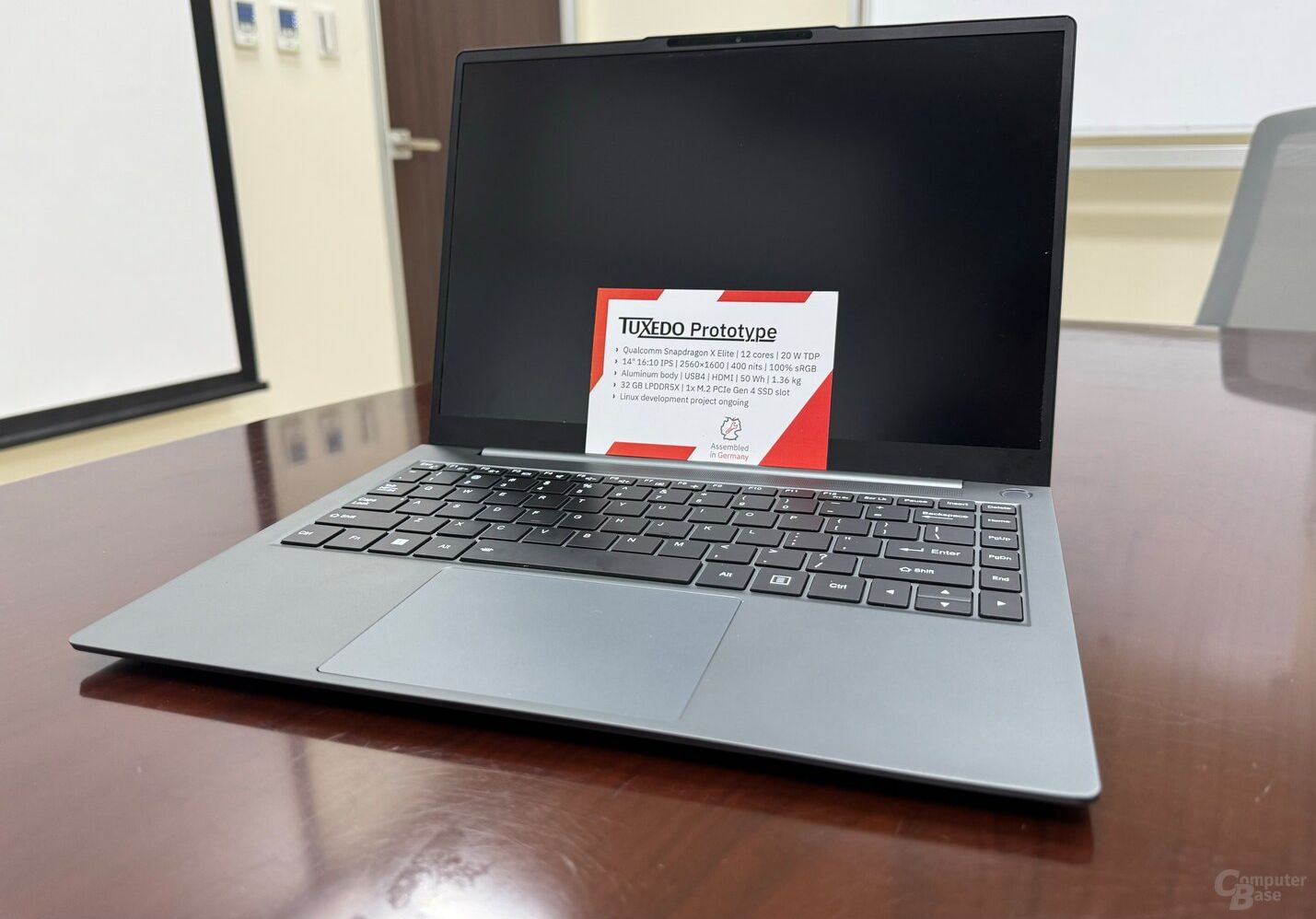Still waiting for Framework to announce a motherboard with Snapdragon X.
there’s been a lot of concern that Snapdragon X-based PCs might be locked down to Windows, and while it remains unclear just how easy it will be to install a GNU/Linux distribution on a Snapdragon X PC that ships with Windows, it’s nice to know that at least one company is looking to release a model that will come with Linux pre-installed.
What does that mean? Are they not using UEFI?
I just hope they use Coreboot.
Btw are there any FOSS Coreboot compatible ARM Chromebooks worth looking at?
deleted by creator
I never understood why booting arm is such a pain. I mean I get that the current situation is that it is a pain but I don’t get why this is the situation.
Mobile devices usually run iOS or Android which have their own dedicated boot loader. Embedded devices usually just boot directly into the main storage.
Especially with android I don’t get it. Every vendor has to maintain their own boot loader and modify the aosp code just to get it to boot on their devices. Is it just to avoid people slapping their own os on their phones?
Second one. Can’t have user choice now can we
I think UEFI was something that took a while to be standardized and mostly because of Intel’s influence over it, while ARM seems more diverse both in manufacturers and types of devices. When things are decentralized it becomes much more difficult to get everyone on board of something.
I guess but bios was a thing way before uefi and while it apparently also was a pain because people implemented it differently it did work.
Afaik the mein problem with arm is the discoverability of the hardware on the bus. For x86 it’s pretty dynamic but arm needs something called a device tree.
Coreboot is for x86-64. ARM usually uses U-Boot.
Not true. For example Libreboot currently supports 2 ARM laptops. The way I understand it is that Libreboot uses U-boot as an extra bootloader, kinda like you would run GRUB after UEFI. U-boot can also just work on it’s own and Coreboot ARM devices are rather the exception.
I’d argue chain loading coreboot/libreboot from u-boot isn’t really “supporting it” as much as it’s just extending it, but fair enough. In the end it’s still using u-boot with extra steps.
Coreboot uses U-boot as payload meaning it’s the other way around. (at least that’s how I understand it) I worded poorly what I meant.
Linux was ready for ARM years ago.
Sad that we need to wait for Windows to get support first so manufacturers and chip makers start to care.
And Linux/ARM is still liable to be a blip, once RISC-V takes off.
Let’s hope we also getting GPU drivers unlike on those cheaper SBCs…
If TuxedoComputers are working on it, there is faith that they’ll do a good job :)
i’m glad to know that tuxedo computers is doing it and now i know where my next purchase is going to be.
Nice Windows key
Likely due to being a prototype. Production laptops from Tuxedo tend to have the “TUX” penguin in a circle logo on the Super key by default. They also have been offering custom engraved keyboard (even with the entire keyboard engraved from scratch to the customer’s specifications) as added service, so probably there will be suppliers or production facility to change the Super key.
By the way, there was one YouTube channel that ended up ordering a laptop with Windings engraving from them: https://youtu.be/nidnvlt6lzw?t=186
Nice. My next Laptop will be a MNT Reform, but if the performance of the Schenker/Tuxedo ARM laptop is right I wouldn’t be averse to buying one as well.
pretty sweet. wonder what the price will be.
Prototypes can go for several million
Nice. A lot of Linux laptops seem sold locked to the inferior ISO keyboard instead of ANSI.
Big ass enter is way better than the small one.
You can’t change my mind.I always hit the slash instead and the short shift messes me up too. although I switched to grid aligned 1u keys for everything recently and other boards were put up for free for a month or so and anything unclaimed went to the electronics pile at the transfer station.
I’m sure the future RSI from reaching your pinky that far from the home row will agree
Ew, ANSI
QWERTY is the only keyboard layout that matters (for most languages).
Okay, and? The person you replied to you is talking about ISO versus ANSI layouts… which define the rest of the keys on a keyboard. They were talking about QWERTY. So clearly there are other keyboard layouts that matter.
What even are these layouts? Macintosh ones?
It dictates the location and size of certain keys.
For example the needlessly large enter key on ISO or the annoyingly small left shift key in ISO. You could very likely prefer ANSI as well.
But the character key layout is still QWERTY
Yes however you’re the only one talking about the alphanumeric keys.
Keyboards have two layouts: a physical layout and a logical layout. The physical layout defines what the keyboard looks like, and the logical layout defines what signal each key sends to the computer. Qwerty is a logical layout, ISO and ANSI are physical layouts. Qwerty keyboards exist commonly in both ISO and ANSI layouts.
Oh ok now I get it. Thanks for explaining
@ylai my next laptop…Just need to find income










